The artist, Jacques-Fabien Gautier, later known as Gautier D’Agoty (1717-1785), was a French painter, engraver, and printer who moved to Paris around 1735. In the French capital, he briefly worked as an assistant to Jacob Christoph Le Blon, the inventor of a three-color printing process using red, yellow, and blue plates. After Le Blon’s death in 1741, Gautier not only took over the business, but he also successfully claimed the title of “inventor of color printing.” He secured the royal privilege and funding for his own printing endeavor to prove it. The basis of his claim was that in addition to the three plates of colors used by Le Blon, he introduced a fourth, black plate. He further refined the technique by switching the order in which the colors were applied.
 The “Flayed Angel” (also known as the “Anatomical Angel”) comes from Myologie Complete (1746), an anatomical atlas by Gautier D’Agoty. The large color plate (46 cm x 60 cm), printed across two folio leaves, is one of the biggest illustrations in the Falk Library collection. In it, a woman appears alive despite the fact that the dissector pulled away muscles like wings to reveal her spine. This beautiful rendering of a dissected body is one of 20 illustrations produced by this new printing technique, which consisted of a base etching and a mezzotint engraving of a copper or metal plate in which four separate impressions were made from black, red, yellow, and blue plates to give the final image its colors. Continue reading
The “Flayed Angel” (also known as the “Anatomical Angel”) comes from Myologie Complete (1746), an anatomical atlas by Gautier D’Agoty. The large color plate (46 cm x 60 cm), printed across two folio leaves, is one of the biggest illustrations in the Falk Library collection. In it, a woman appears alive despite the fact that the dissector pulled away muscles like wings to reveal her spine. This beautiful rendering of a dissected body is one of 20 illustrations produced by this new printing technique, which consisted of a base etching and a mezzotint engraving of a copper or metal plate in which four separate impressions were made from black, red, yellow, and blue plates to give the final image its colors. Continue reading
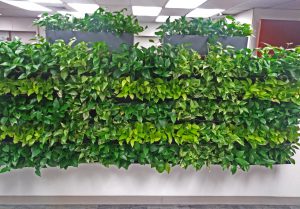 Recent visitors to the Health Sciences Library System may have noticed a new feature to the left of the circulation desk: the University of Pittsburgh’s first “living wall.” A living wall (sometimes called a “green wall”) is a vertical arrangement of living plants placed densely together so that the wall itself appears to be made of greenery. Our living wall is composed of three varieties of Epipremnum aureum, or golden pothos, a tough-to-kill tropical vine that can survive the artificial lights and dry conditions of most offices. Over time, the pothos tendrils will twine together to conceal their scaffolding and create a leafy square of jungle.
Recent visitors to the Health Sciences Library System may have noticed a new feature to the left of the circulation desk: the University of Pittsburgh’s first “living wall.” A living wall (sometimes called a “green wall”) is a vertical arrangement of living plants placed densely together so that the wall itself appears to be made of greenery. Our living wall is composed of three varieties of Epipremnum aureum, or golden pothos, a tough-to-kill tropical vine that can survive the artificial lights and dry conditions of most offices. Over time, the pothos tendrils will twine together to conceal their scaffolding and create a leafy square of jungle.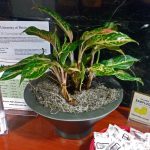
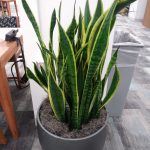
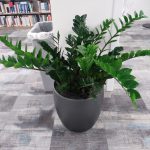
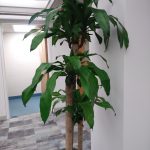
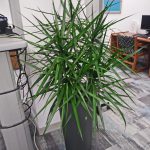
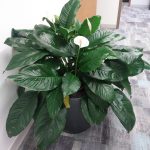
 Join HSLS this fall for three new EndNote classes. Basic EndNote is an hour-long introduction to the software that will get you started adding references and using the Cite While You Write feature. Advanced EndNote will cover more in-depth topics, such as adding and editing citation styles, importing references to and from Excel, and using Smart Groups. In the EndNote for Research Teams class, we will discuss sharing libraries and groups, the manuscript matcher tool, and using Cite While You Write on a co-written article using both Word and Google Docs.
Join HSLS this fall for three new EndNote classes. Basic EndNote is an hour-long introduction to the software that will get you started adding references and using the Cite While You Write feature. Advanced EndNote will cover more in-depth topics, such as adding and editing citation styles, importing references to and from Excel, and using Smart Groups. In the EndNote for Research Teams class, we will discuss sharing libraries and groups, the manuscript matcher tool, and using Cite While You Write on a co-written article using both Word and Google Docs.
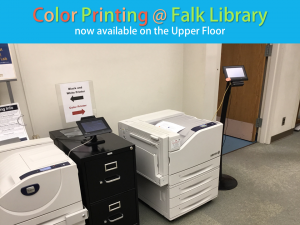 By popular demand, a color printer is now available to Pitt students and faculty at Falk Library. For the first time, color-printing access with your Pitt quota is available outside of the CSSD labs. You can find the new color printer on the library’s upper floor, across from the Technology Help Desk.
By popular demand, a color printer is now available to Pitt students and faculty at Falk Library. For the first time, color-printing access with your Pitt quota is available outside of the CSSD labs. You can find the new color printer on the library’s upper floor, across from the Technology Help Desk.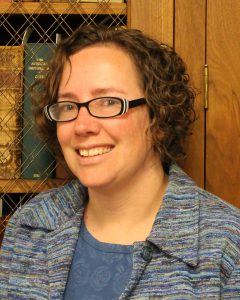

 YouTube
YouTube